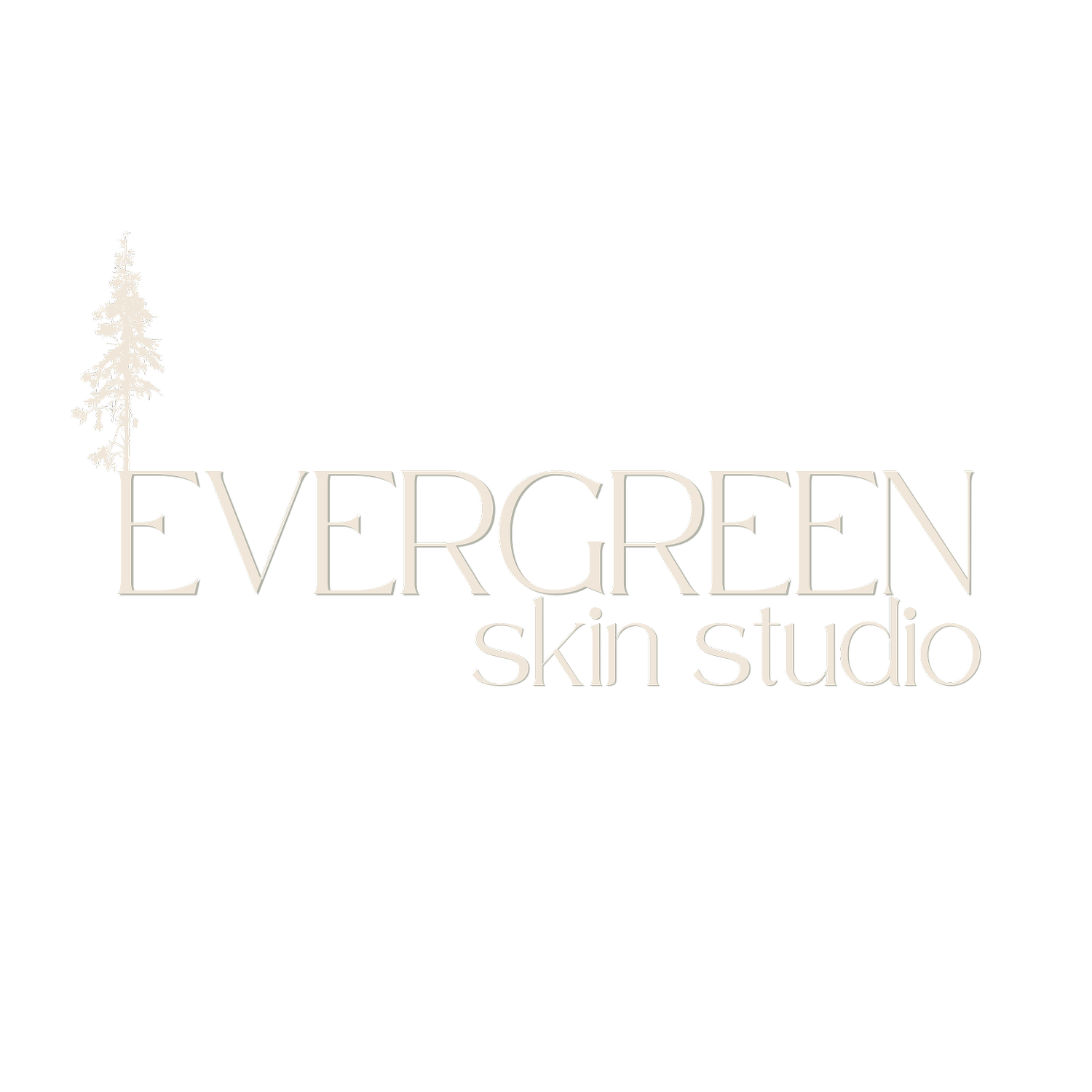The Truth About “Ozempic Face” and How to Care For Your Skin While Losing Weight
GLP-1 medications like Ozempic, Wegovy, and Mounjaro have helped many people lose weight and improve their health. If you're on one of these medications, you're taking an empowered step toward wellness — and that deserves to be celebrated.
But there's one thing many people don’t realize: these medications can also affect your skin.
If you're seeing changes in your complexion, increased dryness, or more noticeable sagging, you're not imagining it. And if you're working with a skincare professional, it’s important to share that you’re on a GLP-1 medication — not because of judgment, but because it helps us customize your skincare and treatments safely and effectively.
How GLP-1 Medications Affect the Skin
These medications slow digestion, reduce appetite, and in many cases, result in lower nutrient intake. That, combined with rapid fat loss, can change how your skin behaves — from healing time to hydration to elasticity. Here’s how:
1. Nutrient Absorption + Skin Cell Health
Healthy skin cells are built from what you eat. When digestion slows and calorie intake drops, your skin may not get the nutrients it needs to stay resilient and radiant. This can lead to:
- Dullness or a lackluster complexion
- Slower healing
- Dry, flaky skin
These are some of the early Ozempic skin side effects clients report — and they can often be managed with adjustments to skincare routines and support for internal hydration and nutrition.
2. Breakouts and Congestion
Slower digestion and detoxification can cause waste to linger in the body longer. For some people, this shows up as breakouts, bumps, or that frustrating “clogged” feeling — even if their skincare hasn’t changed.
If this sounds familiar, don’t worry — we can rebalance your skin with supportive products and treatments that won’t overwhelm your barrier.
3. Loss of Facial Volume (aka “Ozempic Face”)
Rapid fat loss can result in volume loss — especially in the cheeks, under-eyes, and jawline. This is often referred to as “Ozempic face” or facial volume loss from weight loss. You may notice:
- Sagging or hollowing
- Increased appearance of fine lines or jowls
- A sudden change in facial contours
Treatments like microneedling, LED light therapy, or ultrasound-based skin tightening can help stimulate collagen and restore some firmness and bounce to the skin — without injectables.
4. Healing and Recovery Time
If you're using GLP-1 medications, your skin may be more prone to dehydration or slower healing. That means treatments like chemical peels or microneedling after GLP-1 medications might require a little extra care.
This is why it's so important that your aesthetician knows you're on these medications. We’ll make thoughtful adjustments to your treatment plan and recommend products that help restore hydration, soothe inflammation, and protect your barrier.
Working With — Not Against — Your Body
Skincare is never one-size-fits-all, and that’s especially true during times of change. Sharing that you’re taking a GLP-1 medication allows your aesthetician to:
- Adjust treatment strength and timing
- Support your skin’s healing process
- Recommend nutrient-rich, barrier-supportive home care
- Prevent unnecessary irritation or setbacks
With the right approach, your skin can remain healthy, resilient, and glowing — even as your body goes through significant changes.
The Bottom Line
Whether you’re on Ozempic, Wegovy, Mounjaro, or any other weight loss medication, your aesthetician isn’t here to judge — we’re here to help.
If you’re seeing shifts in your skin during your weight loss journey, let’s talk. Together, we’ll create a skin plan that works with your body’s current needs and helps you feel confident at every stage.

